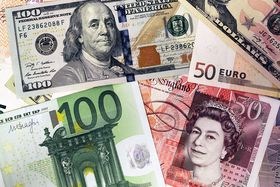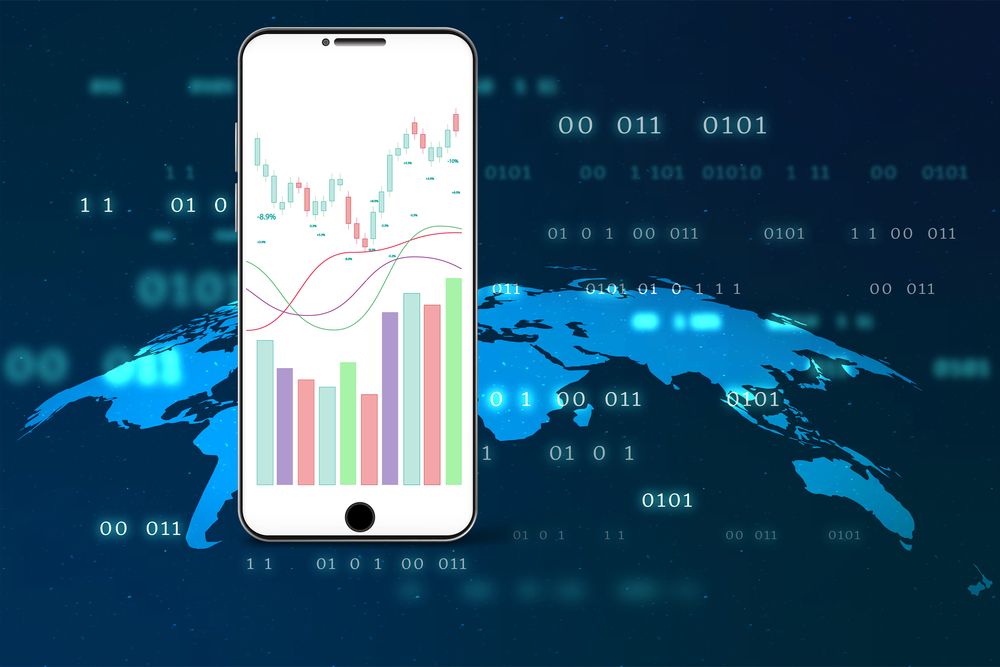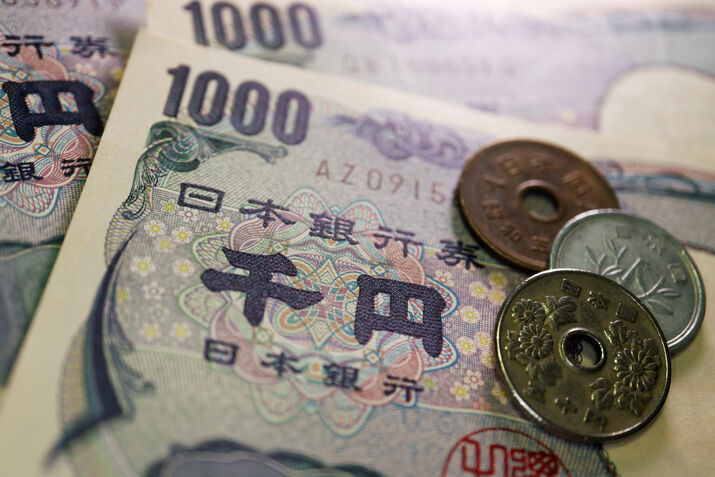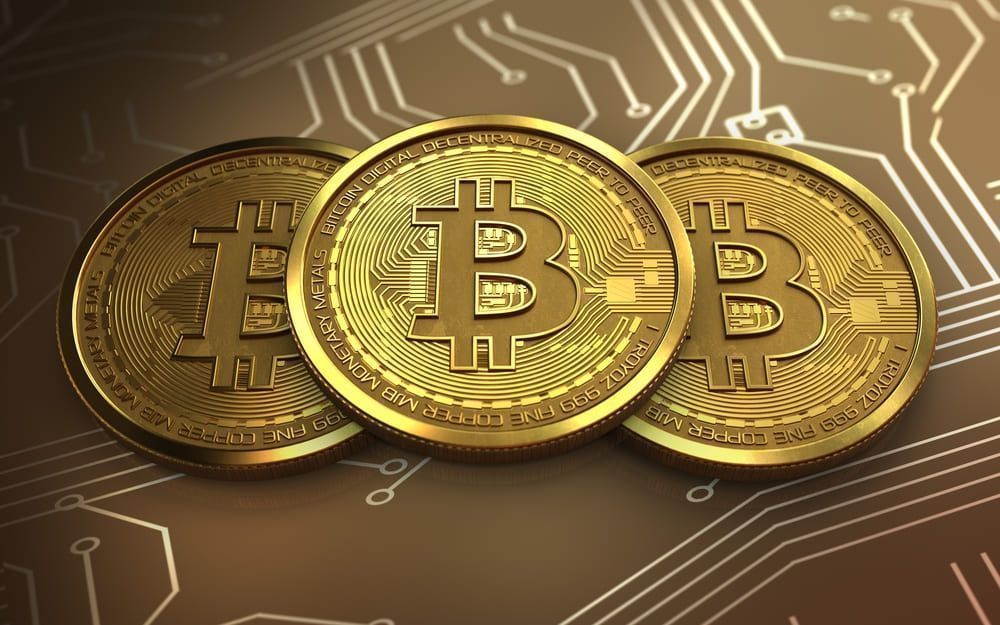Forex Today: Markets remain choppy as investors await US data

Here is what you need to know on Thursday, August 28:
Major currency pairs trade in familiar ranges as investors wait for the next catalyst. The European economic docket will feature business and consumer sentiment data for August. In the second half of the day, weekly Initial Jobless Claims data and second-quarter Gross Domestic Product (GDP) revision from the US will be watched closely by market participants.
US Dollar Price This week
The table below shows the percentage change of US Dollar (USD) against listed major currencies this week. US Dollar was the strongest against the Euro.
| USD | EUR | GBP | JPY | CAD | AUD | NZD | CHF | |
|---|---|---|---|---|---|---|---|---|
| USD | 0.68% | 0.15% | 0.34% | -0.29% | -0.29% | 0.16% | 0.01% | |
| EUR | -0.68% | -0.53% | -0.41% | -0.96% | -0.90% | -0.52% | -0.66% | |
| GBP | -0.15% | 0.53% | -0.02% | -0.44% | -0.43% | 0.01% | -0.14% | |
| JPY | -0.34% | 0.41% | 0.02% | -0.58% | -0.60% | -0.11% | -0.21% | |
| CAD | 0.29% | 0.96% | 0.44% | 0.58% | 0.03% | 0.48% | 0.30% | |
| AUD | 0.29% | 0.90% | 0.43% | 0.60% | -0.03% | 0.45% | 0.30% | |
| NZD | -0.16% | 0.52% | -0.01% | 0.11% | -0.48% | -0.45% | -0.15% | |
| CHF | -0.01% | 0.66% | 0.14% | 0.21% | -0.30% | -0.30% | 0.15% |
The heat map shows percentage changes of major currencies against each other. The base currency is picked from the left column, while the quote currency is picked from the top row. For example, if you pick the US Dollar from the left column and move along the horizontal line to the Japanese Yen, the percentage change displayed in the box will represent USD (base)/JPY (quote).
Following the bullish action seen in the first half of the day on Wednesday, the US Dollar (USD) Index lost its traction in the American session and closed the day marginally lower, while Wall Street's main indexes registered small gains. In the European morning, the USD Index holds steady above 98.00 and US stock index futures trade mixed.
The data from Australia showed that the ANZ Business Confidence Index improved slightly to 49.7 in August from 47.8 in July. In the second quarter, Private Capital Expenditure increase by 0.2%. This reading followed the 0.2% decline recorded in the previous quarter but missed the market expectation for a rise of 0.7%. AUD/USD edges higher early Thursday and trades at a fresh 10-day high above 0.6500.
After dropping to a three-week low near 1.1570, EUR/USD staged a rebound in the second half of the day on Wednesday to close virtually unchanged. The pair fluctuates in a tight channel at around 1.1650 in the European session. The European Central Bank (ECB) will release the minutes of its July meeting later in the session.
Bank of Japan (BoJ) monetary policy board member Junko Nakagawa repeated on Thursday that if the outlook for economic activity and prices is realized, the BoJ will continue to raise the interest rate. Following Wednesday's indecisive action, USD/JPY moves sideways below 147.50 in the European morning on Thursday.
GBP/USD seems to have entered a consolidation phase at around 1.3500 after closing the previous two days marginally higher.
Following a downward correction in the European session on Wednesday, Gold regained its traction and registered small gains. XAU/USD holds its ground early Thursday and trades within a touching distance of $3,400.
GDP FAQs
A country’s Gross Domestic Product (GDP) measures the rate of growth of its economy over a given period of time, usually a quarter. The most reliable figures are those that compare GDP to the previous quarter e.g Q2 of 2023 vs Q1 of 2023, or to the same period in the previous year, e.g Q2 of 2023 vs Q2 of 2022. Annualized quarterly GDP figures extrapolate the growth rate of the quarter as if it were constant for the rest of the year. These can be misleading, however, if temporary shocks impact growth in one quarter but are unlikely to last all year – such as happened in the first quarter of 2020 at the outbreak of the covid pandemic, when growth plummeted.
A higher GDP result is generally positive for a nation’s currency as it reflects a growing economy, which is more likely to produce goods and services that can be exported, as well as attracting higher foreign investment. By the same token, when GDP falls it is usually negative for the currency. When an economy grows people tend to spend more, which leads to inflation. The country’s central bank then has to put up interest rates to combat the inflation with the side effect of attracting more capital inflows from global investors, thus helping the local currency appreciate.
When an economy grows and GDP is rising, people tend to spend more which leads to inflation. The country’s central bank then has to put up interest rates to combat the inflation. Higher interest rates are negative for Gold because they increase the opportunity-cost of holding Gold versus placing the money in a cash deposit account. Therefore, a higher GDP growth rate is usually a bearish factor for Gold price.







